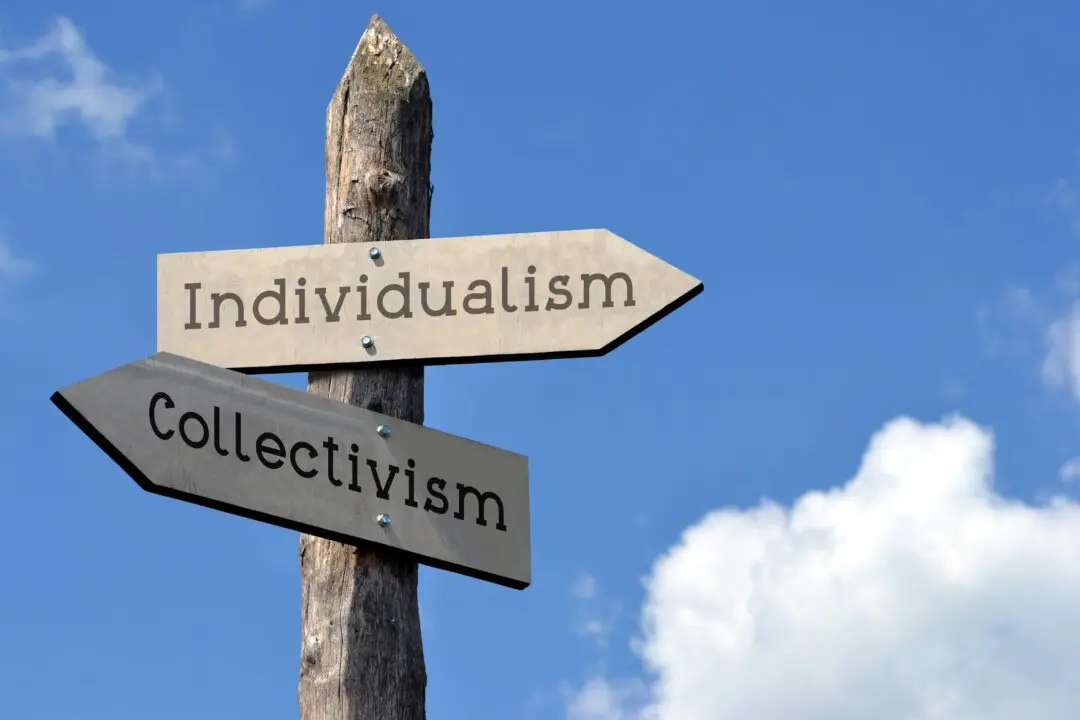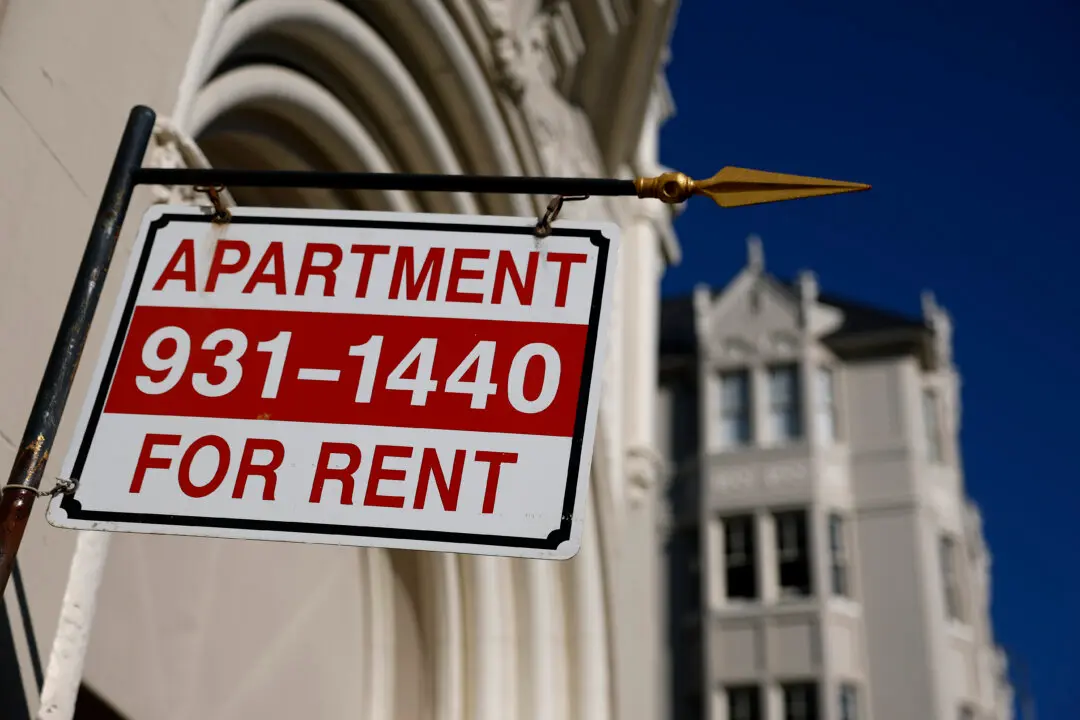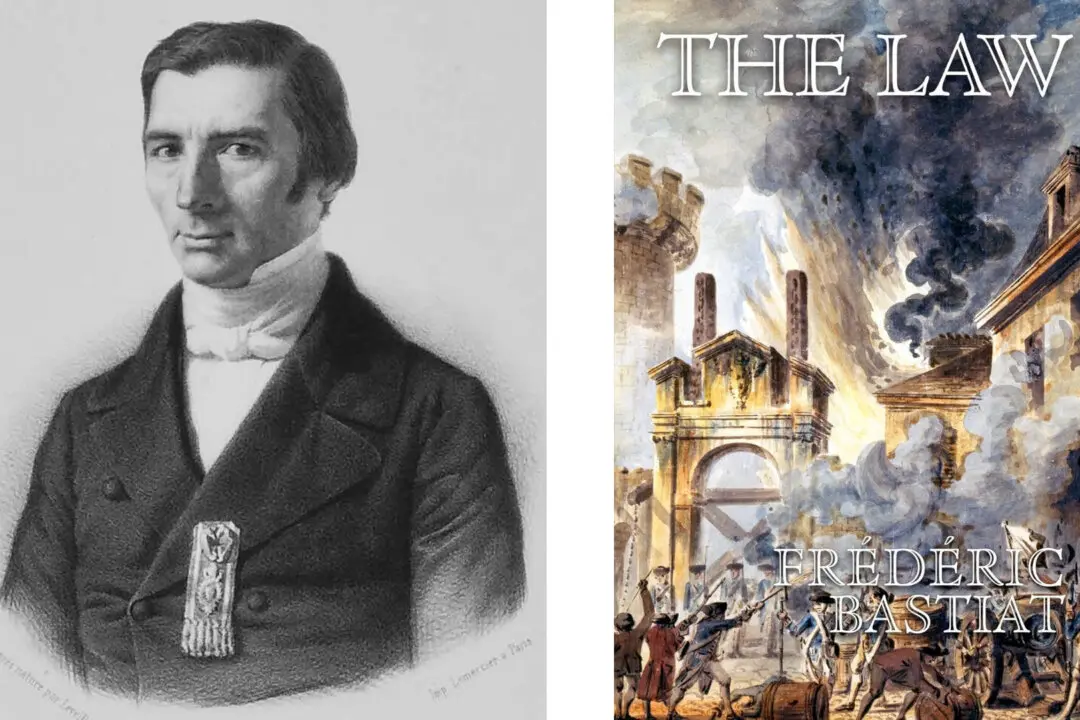Commentary
Can the press please stop saying that inflation is “easing”? It’s getting ridiculous. The Consumer Price Index came in at 7.1 percent higher than a year ago. That’s terrible. Yes, not as terrible as last month but look at the breakdown in detail. Food at home was up 10 percent and food at restaurants rose 12 percent. Fuel oil is up 65.7 percent! Transportation services are up 14.2 percent.





